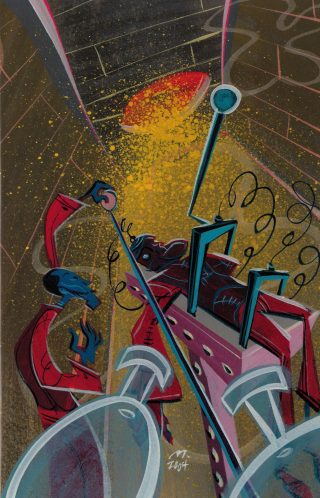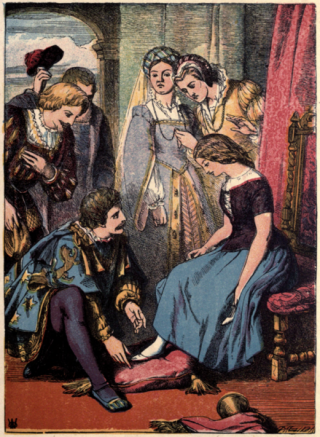Week One
In the first week of the Summer Institute, we will examine the following questions:
- What are adaptations?
- Why might K-12 teachers consider teaching literature through popular culture forms?
In addition to examining Mary Shelley’s Frankenstein, which participants are expected to have read prior to attending the Institute, participants will also explore adaptations of this canonical text that span nineteenth-century drama, modern and contemporary film and television, as well as young adult fiction and graphic novels, including Victor LaValle’s Destroyer (2017), Gris Grimly’s Frankenstein (2013), and Lita Judge’s Mary’s Monster: Love, Madness, and How Mary Shelley Created Frankenstein (2018).
Also, participants will attend plenary presentations and guest lectures from visiting scholars in the area of adaptation studies, Thomas Leitch, Cristina Bacchilega, and Glenn Jellenik, as well as visiting artists, including Lita Judge, Jennifer Donnelly, Kalynn Bayron, Still on the Hill, and more!
Week Two
The second week of the Institute will focus on adaptations of the Cinderella story, including versions by Charles Perrault (1697), Grimm’s Fairy Tales (1812) and other oral traditions and modern versions from around the world, including South Korea, China, Mexico, Vietnam, Indonesia and the Caribbean. Additionally, participants will read, examine, and discuss a young adult (YA) novel adaptation of the Cinderella story.
Inspired by a belief that planning and producing adaptations is as important as the process of reading and understanding literature, the Institute will also include virtual workshops where participants will learn to use different digital technologies in the service of producing their own adaptations of literary texts and developing blueprints for guiding student-produced adaptations. These workshops will be facilitated by Institute faculty as well as invited writers, musicians and visual artists with extensive experience creating their own adaptations.
Participants will be asked to present their work on the final day of the Institute, at which time they will receive feedback from resident faculty and an arts integration specialist. An expectation of the Institute is that each participant (or team of participants) will return to their home institutions having assembled an e-portfolio of sample work and ideas for incorporating theories and conceptions associated with adaptation, as well as newly developed digital skills and practices, into their teaching.

